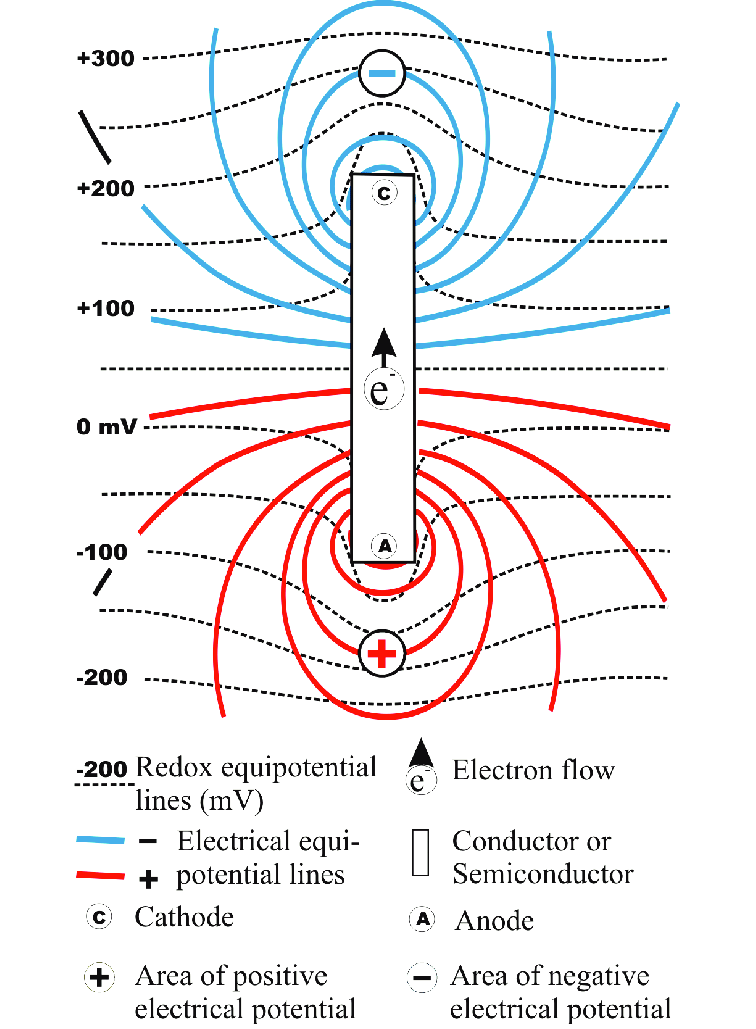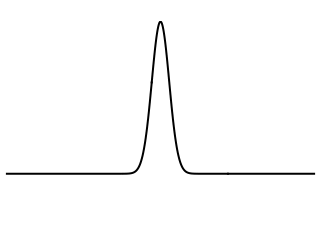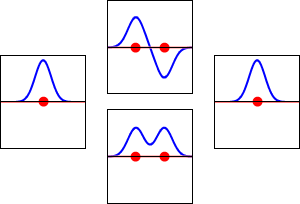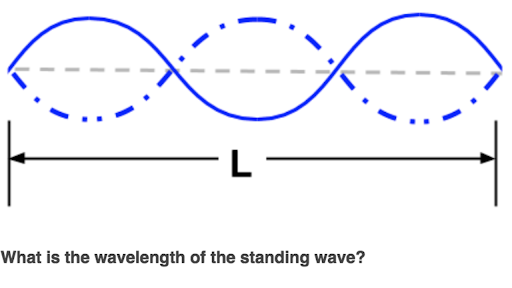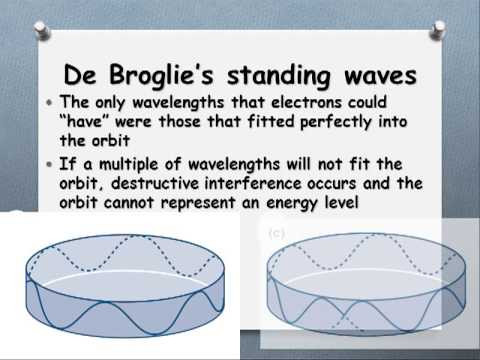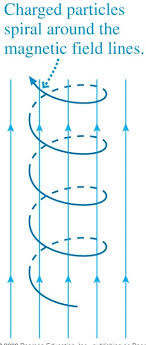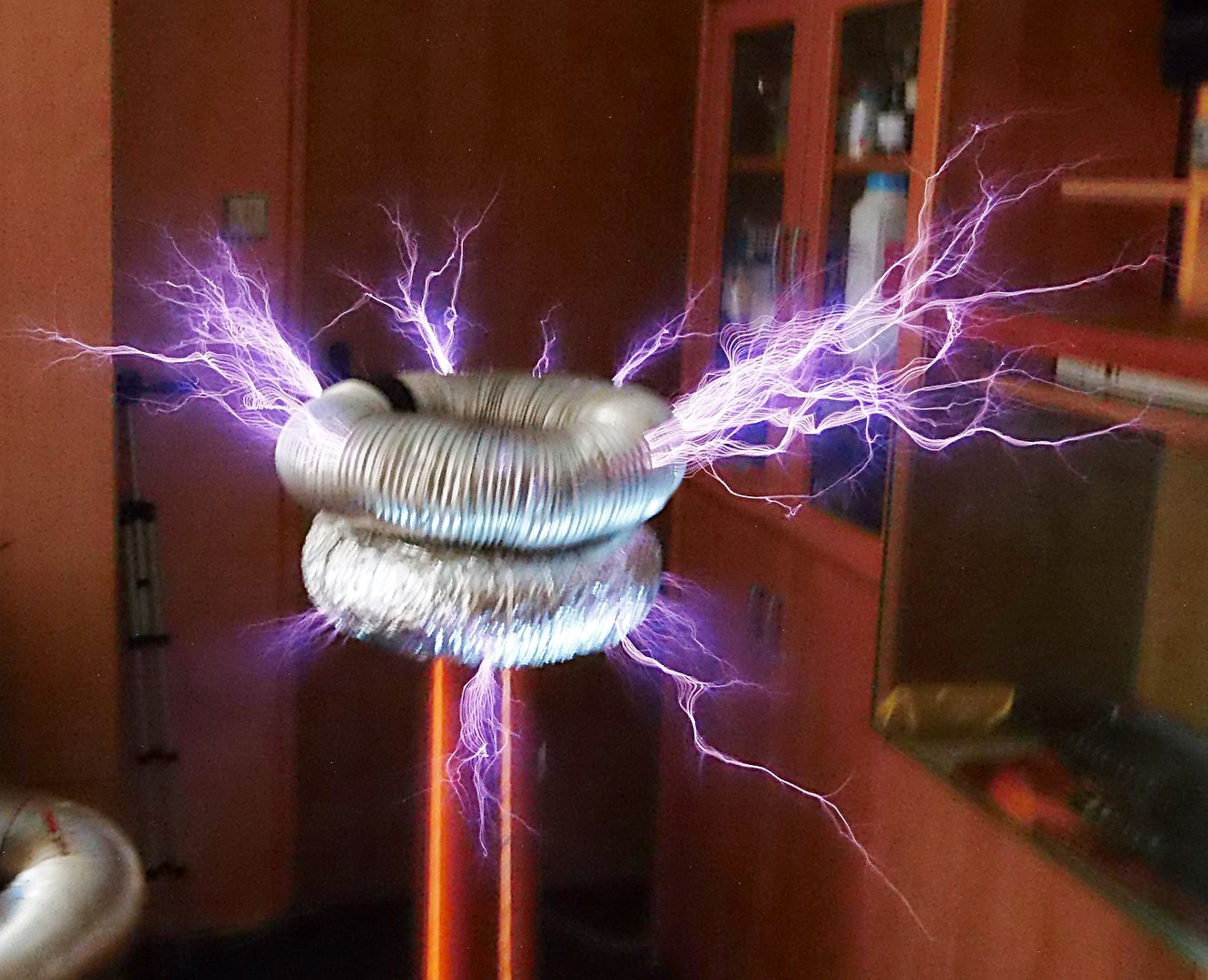First Love
1 John 4:19 We love him, because he first loved us.
https://www.youtube.com/watch?v=xfrsSoBkigM&ab_channel=jay-aie
EVEL is out of gas. if you can help with just a gallon or more.. it would mean a lot!!
4:04 > 44
This image seems to be following me like the 44's do.🧐
EVEL is out of gas. if you can help with just a gallon or more.. it would mean a lot!!
very cool image AWE = A VV E ?
EVEL is out of gas. if you can help with just a gallon or more.. it would mean a lot!!
In the summer of 1889, Tesla traveled to the 1889 Exposition Universelle in Paris and learned of Heinrich Hertz's 1886–1888 experiments that proved the existence of electromagnetic radiation, including radio waves.[100] Tesla found this new discovery "refreshing" and decided to explore it more fully.
In repeating, and then expanding on, these experiments, Tesla tried powering a Ruhmkorff coil with a high speed alternator he had been developing as part of an improved arc lighting system but found that the high-frequency current overheated the iron core and melted the insulation between the primary and secondary windings in the coil. To fix this problem Tesla came up with his "oscillating transformer", with an air gap instead of insulating material between the primary and secondary windings and an iron core that could be moved to different positions in or out of the coil.[101] Later called the Tesla coil, it would be used to produce high-voltage, low-current, high frequency alternating-current electricity.[102] He would use this resonant transformer circuit in his later wireless power work.[103][104]
Wireless power transfer (WPT), wireless power transmission, wireless energy transmission (WET), or electromagnetic power transfer is the transmission of electrical energy without wires as a physical link. In a wireless power transmission system, a transmitter device, driven by electric power from a power source, generates a time-varying electromagnetic field, which transmits power across space to a receiver device, which extracts power from the field and supplies it to an electrical load. The technology of wireless power transmission can eliminate the use of the wires and batteries, thus increasing the mobility, convenience, and safety of an electronic device for all users.[2] Wireless power transfer is useful to power electrical devices where interconnecting wires are inconvenient, hazardous, or are not possible.
Wireless power techniques mainly fall into two categories, near field and far-field.[3] In near field or non-radiative techniques, power is transferred over short distances by magnetic fields using inductive coupling between coils of wire, or by electric fields using capacitive coupling between metal electrodes.[4][5][6][7] Inductive coupling is the most widely used wireless technology; its applications include charging handheld devices like phones and electric toothbrushes, RFID tags, induction cooking, and wirelessly charging or continuous wireless power transfer in implantable medical devices like artificial cardiac pacemakers, or electric vehicles.
In electrical engineering, two conductors are said to be inductively coupled or magnetically coupled [1] when they are configured in a way such that change in current through one wire induces a voltage across the ends of the other wire through electromagnetic induction. A changing current through the first wire creates a changing magnetic field around it by Ampere's circuital law. The changing magnetic field induces an electromotive force (EMF or voltage) in the second wire by Faraday's law of induction. The amount of inductive coupling between two conductors is measured by their mutual inductance.
"It is not a color we are fighting, it is pure evil, which has no color, yet, can cause a person, to see red." -Sal
When a capacitor is connected across one winding of a transformer, making the winding a tuned circuit (resonant circuit) it is called a single-tuned transformer. When a capacitor is connected across each winding, it is called a double tuned transformer. These resonant transformers can store oscillating electrical energy similar to a resonant circuit and thus function as a bandpass filter, allowing frequencies near their resonant frequency to pass from the primary to secondary winding, but blocking other frequencies.
The amount of mutual inductance between the two windings, together with the Q factor of the circuit, determine the shape of the frequency response curve. The advantage of the double tuned transformer is that it can have a wider bandwidth than a simple tuned circuit. The coupling of double-tuned circuits is described as loose-, critical-, or over-coupled depending on the value of the coupling coefficient k. When two tuned circuits are loosely coupled through mutual inductance, the bandwidth is narrow. As the amount of mutual inductance increases, the bandwidth continues to grow. When the mutual inductance is increased beyond the critical coupling, the peak in the frequency response curve splits into two peaks, and as the coupling is increased the two peaks move further apart. This is known as overcoupling.
Stongly-coupled self-resonant coils can be used for wireless power transfer between devices in the mid range distances (up to two metres).[29] Strong coupling is required for a high percentage of power transferred, which results in peak splitting of the frequency response.
Wireless power transfer is the transmission of electrical energy without wires as a physical connection. Wireless power uses the same fields and waves as wireless communication devices. Various radio-frequency (RF) technologies are used for wireless power transmission.
Wi-Fi Dipole
Although it may not be immediately evident, the antenna is a dipole.


